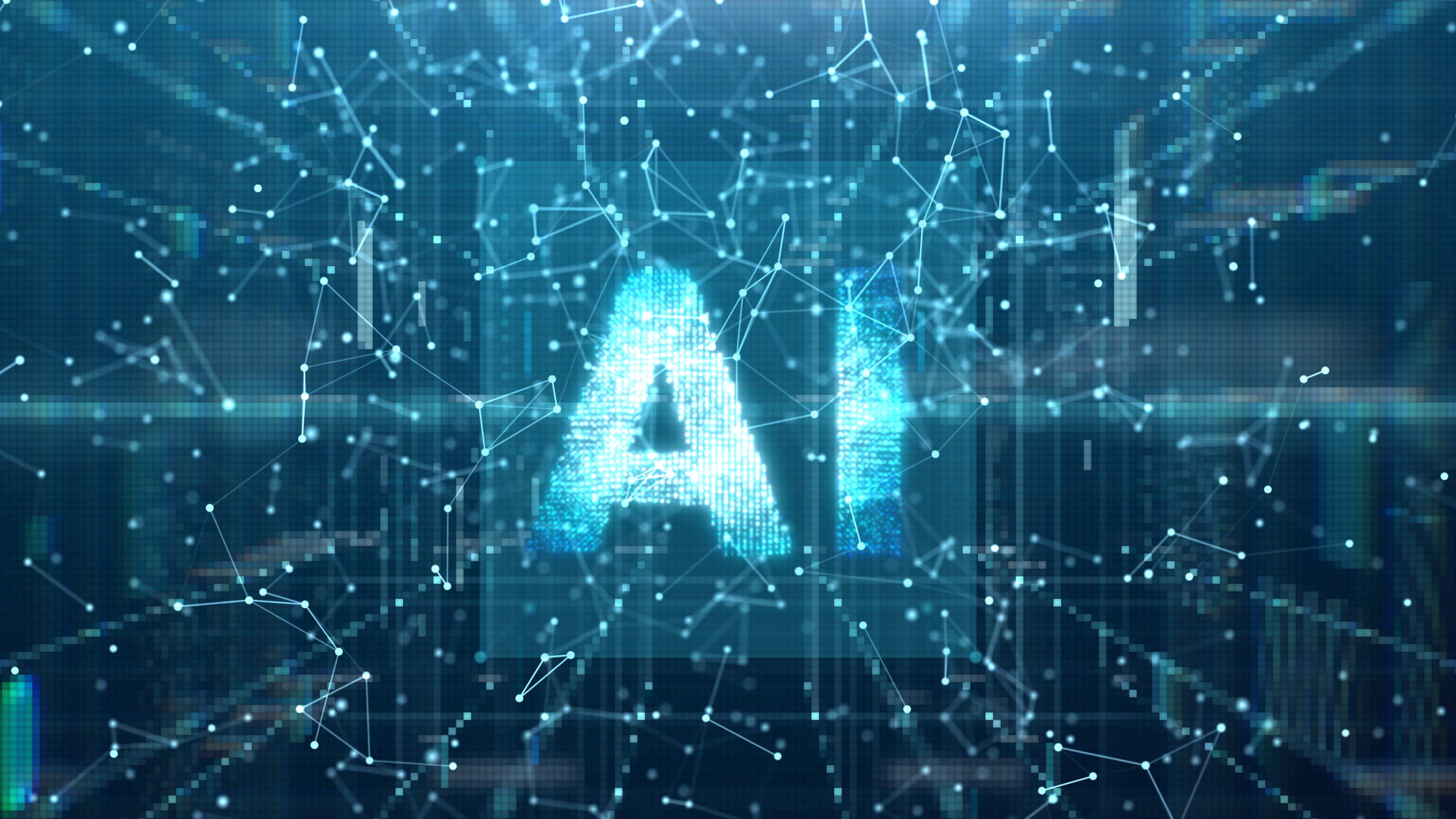The U.S. government has stringent rules and requirements aimed at safeguarding data and ensuring cyber security. Within this context, multi-agent systems, or MAS, offer a promising avenue to integrate and enhance existing legacy tooling, serving as a bridge to the advanced capabilities of generative AI.
As these advanced systems begin to permeate various industry sectors, including U.S. government agencies, they necessitate a reevaluation of conventional security and auditing frameworks. The term “production ready” will need to be redefined, considering the unique requirements for scalability, interoperability, robustness, resource management, and coordination inherent in these systems. Additionally, addressing ethical and legal considerations, standardizing protocols, ensuring usability and maintainability, and establishing robust performance metrics are essential for successful deployments.
RELATED

MAS offers the U.S. government enhanced capability in multiple areas, including:
Policy Analysis and Simulation: MAS can simulate complex socio-economic systems to analyze policy impacts. For instance, it can simulate the behavior of citizens, businesses, and governmental organizations to understand the effects of different policies or regulations.
Security and Defense: In defense and security applications, MAS can be utilized for tasks like surveillance, reconnaissance, and threat detection. Agents can work together to gather intelligence, analyze data, and respond to emerging threats in real-time.
Policy Enforcement: MAS can assist in enforcing regulations and policies by monitoring compliance and detecting violations. For example, in tax enforcement, agents can analyze financial data to identify potential cases of tax evasion.
Knowledge Transfer: As employees leave or retire from agencies/companies, their body of knowledge is often lost. With MAS, we can implement a “knowledge gathering agent” who along with a “knowledge deficit agent” can work together to identify knowledge deficits (think of code coverage deficits in software development) and interact with the subject matter experts to capture knowledge through interactive chat sessions.
Smart Infrastructure Management: MAS can be employed to manage and optimize various aspects of infrastructure, such as transportation systems, energy grids, and water distribution networks. Agents representing different components of the infrastructure can collaborate to improve efficiency, reduce costs, and enhance resilience.
Potential pitfalls
In the evolving landscape of system architectures, where traditional setups featuring web applications, REST or GraphQL APIs, gateways, and data meshes starkly contrast with the decentralized, message-driven communication models of MAS, a critical challenge emerges – ensuring robust security within these decentralized networks. This challenge necessitates security measures that not only integrate smoothly with existing security frameworks but also adapt to the unique dynamics of MAS.
Addressing the security conundrum in MAS, especially as they begin to play a significant role in the infrastructure of the U.S. government, demands innovative solutions. Our research and development initiatives are deeply engaged in tackling this and other related challenges, aiming for a seamless adoption of MAS.
A promising move in the right direction is the deployment of specialized agents within the MAS architecture, tasked with the critical role of safeguarding data integrity and access. Such specialized agents epitomize the adaptation of traditional security measures to fit the decentralized, message-driven nature of MAS, ensuring that security does not become an afterthought but a seamlessly integrated component of the system’s architecture.
This specialized security agent example exemplifies the potential of multi-agent systems to not only mimic but also enhance the capabilities of human counterparts in critical areas such as cybersecurity. By maintaining a focus on continuous learning and adaptation (like the professional development of human employees), such agents can offer invaluable assistance in generating secure code and configurations.
Another specific concern is poisoning attacks, which involve introducing malicious data to disrupt agents’ learning and decision-making processes. Effective mitigation strategies include data validation, robust learning algorithms, redundancy, continuous monitoring, secure communication channels, strong authentication, adaptive defense mechanisms, and collaboration with cybersecurity experts. While these challenges are significant, the concerted efforts of researchers and developers in the field ensure that solutions will be found, paving the way for the widespread adoption of MAS and generative AI in the future.
As we continue to explore the frontiers of generative AI and MAS, the journey towards integrating MAS into our technological infrastructure is both challenging and exciting. We believe MAS is the only viable approach to bringing generative AI into the U.S. government in a managed manner due to its ability to leverage existing tools, enable robotic process automation, and ensure comprehensive auditing and tracking
MAS offers a flexible and adaptable approach to modeling and solving complex problems in the federal government, enabling efficient collaboration, decision-making, and resource management across different agencies and domains.
John Mark Suhy is CTO of Greystones Group. He more than 20 years of enterprise architecture and software development experience with agencies including FBI, Sandia Labs, Department of State, U.S. Treasury and the Intel community.





